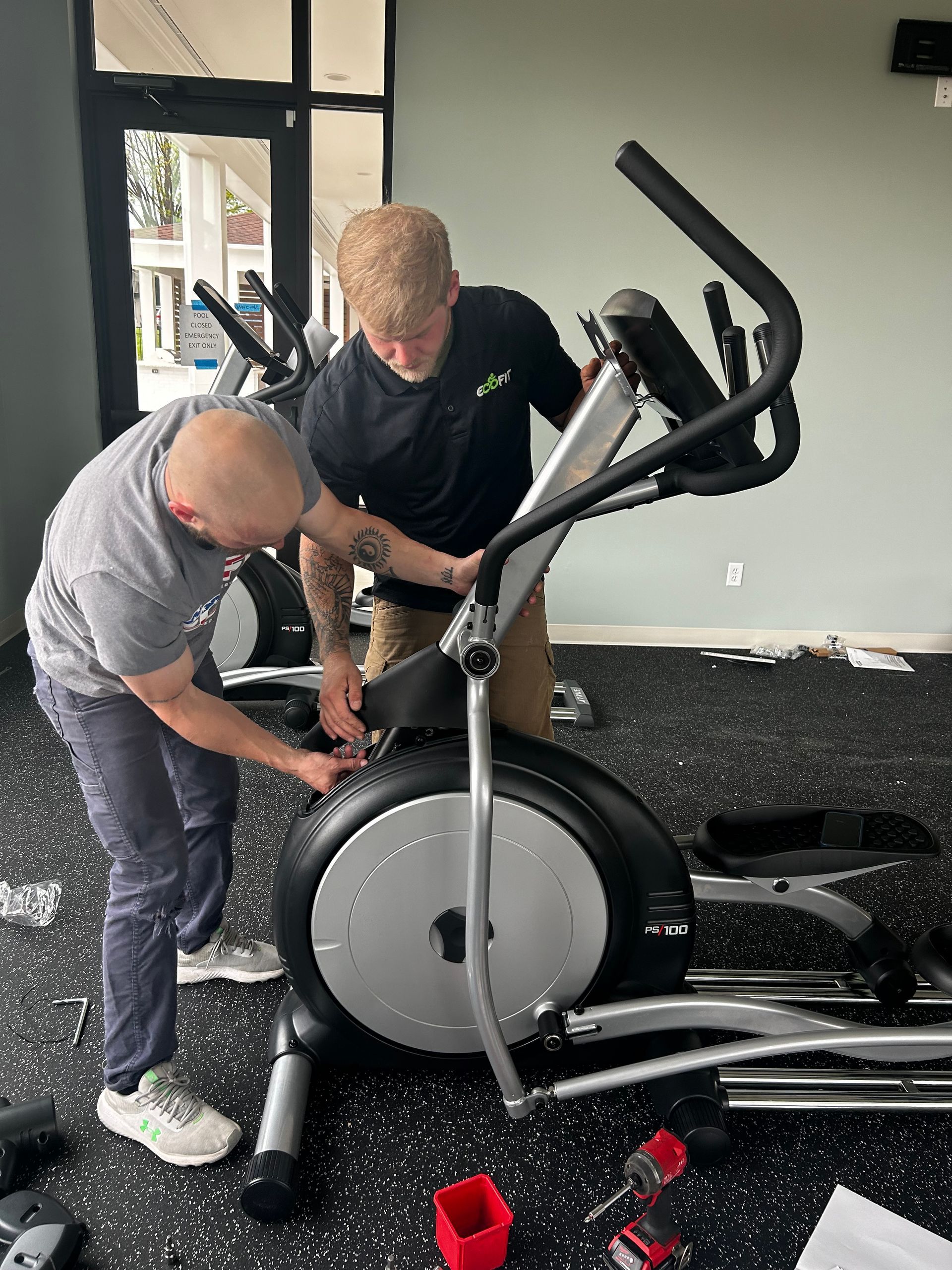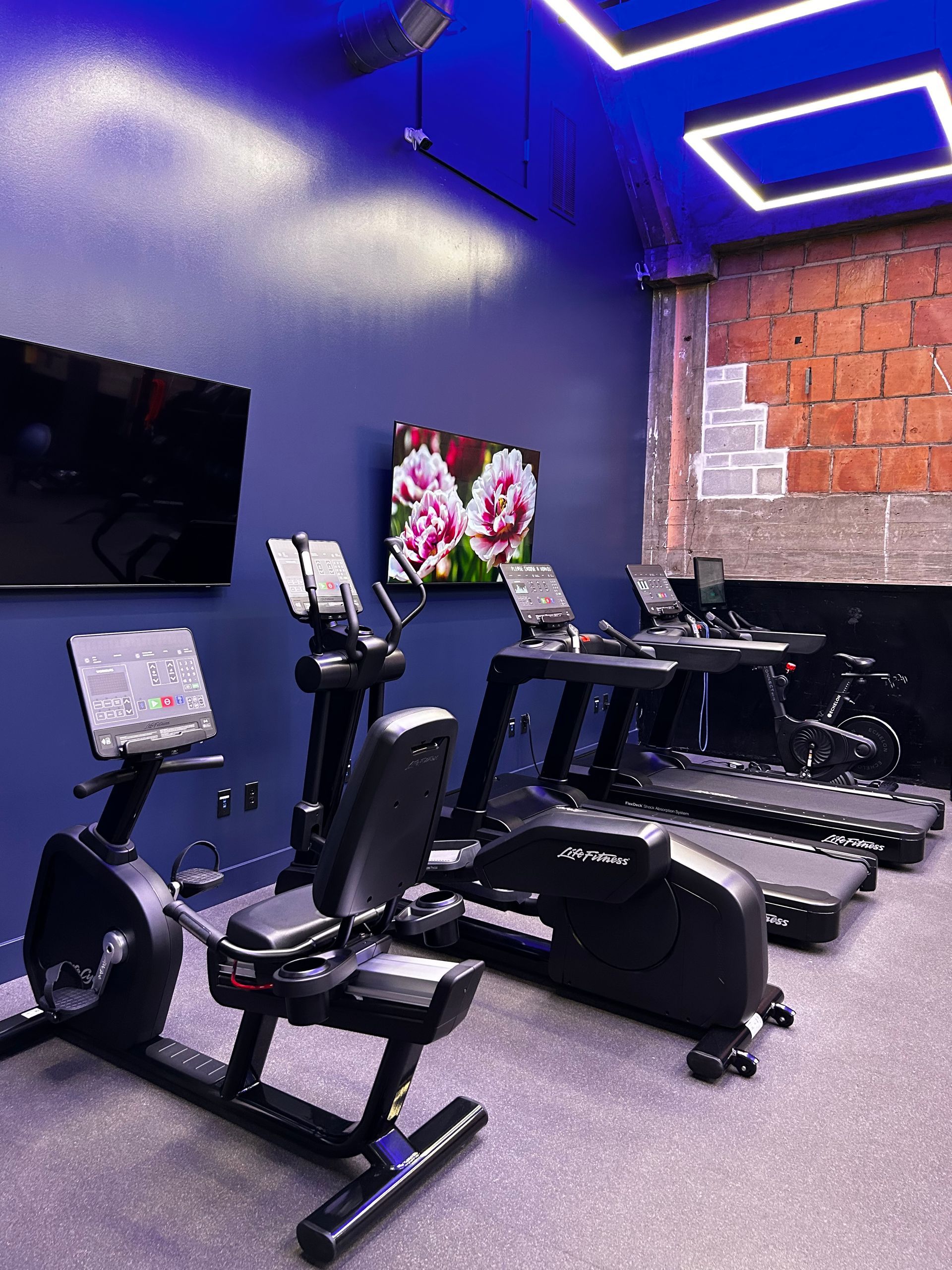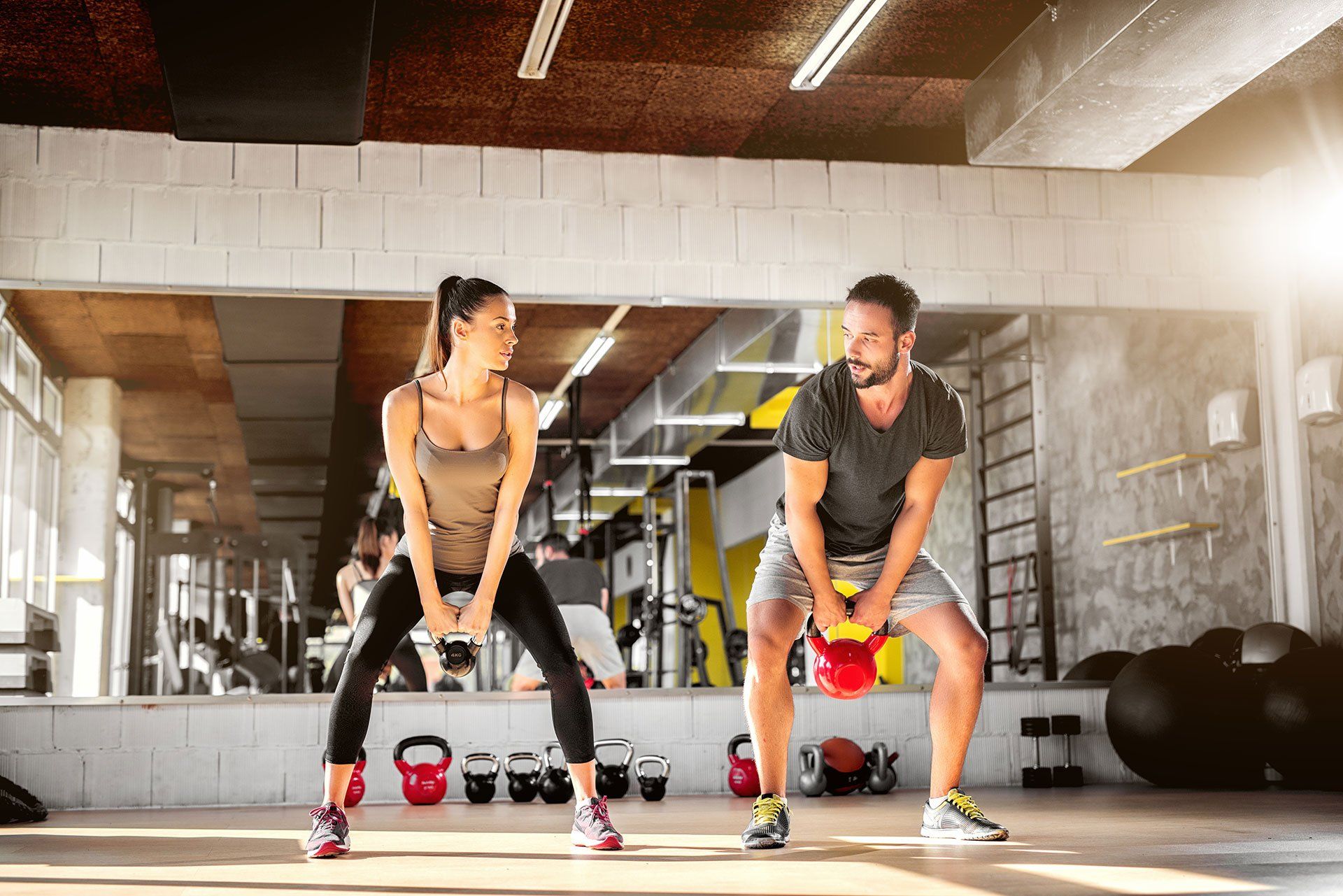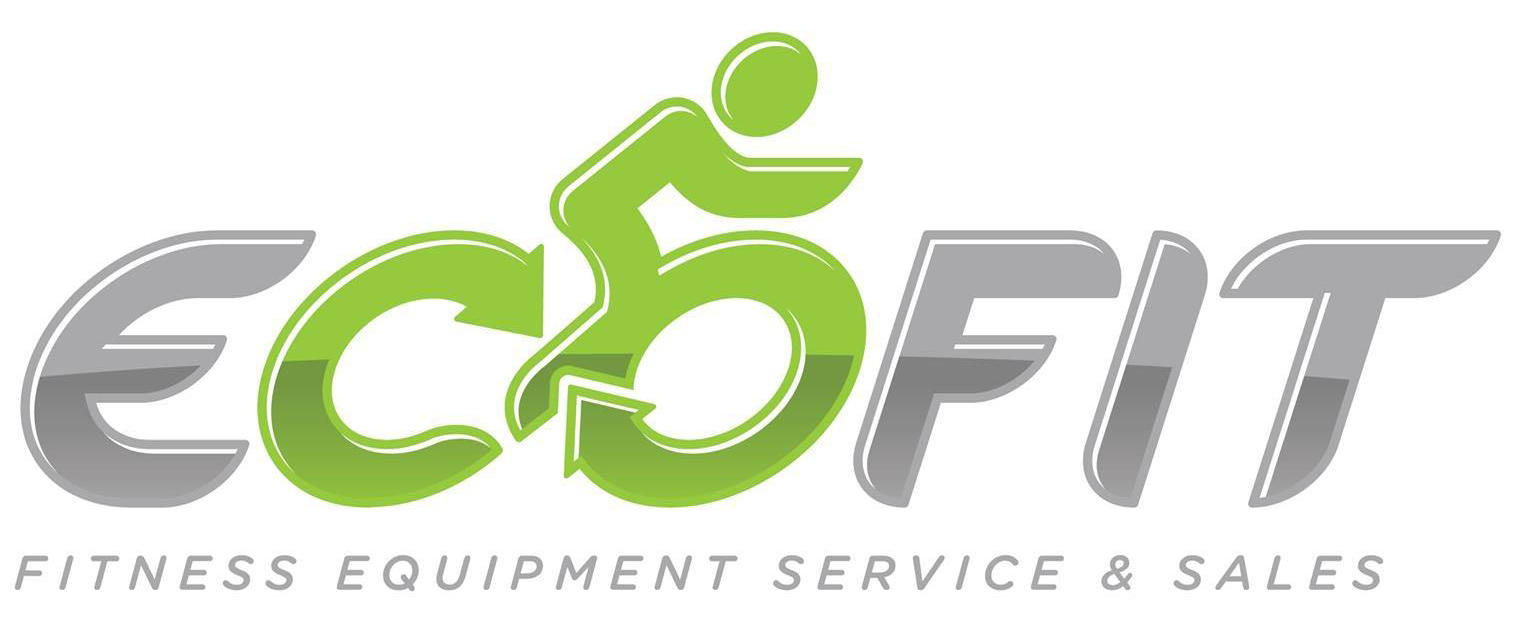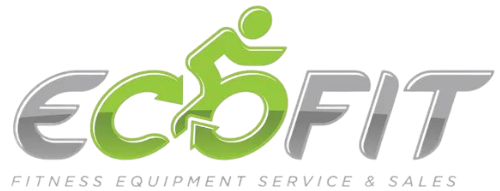Designing Your Dream Gym with EcoFit Equipment in St. Louis
Designing Your Dream Gym with EcoFit Equipment in St. Louis
In today's fitness-focused world, having a well-designed gym is crucial for attracting and retaining members. Whether you're looking to start a new fitness facility or revamp an existing one, the design and layout of your gym can significantly impact the overall user experience and the success of your business. EcoFit Equipment specializes in creating functional and aesthetically pleasing gym designs that meet the unique needs of fitness centers in St. Louis. This article will explore the key aspects of gym design and how EcoFit Equipment can help you create the perfect workout space.
Understanding the Importance of Gym Design
The design of a gym goes beyond just placing equipment in a room. It's about creating an environment that motivates and inspires members to achieve their fitness goals. A well-designed gym should offer a balance of aesthetics, functionality, and comfort. Here are some critical factors to consider in gym design:
- Space Utilization: Efficient use of space ensures that members have enough room to move around without feeling cramped. Proper spacing also helps prevent accidents and injuries.
- Equipment Placement: Strategic placement of equipment can enhance the flow of the gym, making it easier for members to transition between exercises.
- Lighting and Ambiance: Lighting plays a significant role in setting the mood and energy levels in a gym. Natural light, when possible, combined with well-planned artificial lighting, can create an inviting atmosphere.
- Ventilation and Air Quality: Good ventilation is essential to maintain air quality, ensuring a comfortable environment for workouts.
- Aesthetics and Branding: The visual appeal of a gym, including color schemes, decor, and branding elements, can make a lasting impression on members.
Key Components of a Successful Gym Design
1. Reception and Welcome Area
The reception area is the first point of contact for members. It should be welcoming and functional, offering a positive first impression. Consider the following elements for an effective reception area:
- Signage and Branding: Clear signage and branding elements create a cohesive identity for your gym.
- Seating Area: Comfortable seating for members waiting for their sessions.
- Retail Space: If applicable, include a space for selling gym merchandise or supplements.
2. Cardio Zone
The cardio zone is a high-traffic area in any gym. It should be spacious and well-ventilated, with easy access to cardio equipment such as treadmills, ellipticals, and stationary bikes.
- Layout: Arrange equipment in rows or clusters to optimize space and allow for easy movement.
- Entertainment Options: Consider installing interactive screens or sound systems to keep members entertained during their workouts.
3. Strength Training Area
The strength training area should accommodate free weights, weight machines, and functional training equipment. Key considerations include:
- Flooring: Durable, non-slip flooring to withstand heavy weights and ensure safety. See more on flooring here: ecofitequipment.com/flooring-installation
- Spacing: Ensure adequate space between equipment to prevent overcrowding and facilitate safe exercise.
4. Group Exercise Studios
Group exercise studios are essential for offering classes such as yoga, Pilates, and spinning. These studios should be versatile and equipped with necessary amenities:
- Mirrors: Full-length mirrors to help members check their form.
- Sound System: High-quality sound systems for music and instructor guidance.
- Interactive courses: online instructors from reputable brands such as Echelon and Les Mills.
- Storage: Adequate storage for equipment like mats, weights, and resistance bands.
5. Functional Training Zone
Functional training zones are increasingly popular for offering varied and dynamic workouts. This area should be adaptable and include:
- Open Space: Ample open space for activities like circuit training, HIIT, and stretching.
- Versatile Equipment: Equipment such as kettlebells, medicine balls, and resistance bands.
6. Locker Rooms and Showers
Locker rooms should be clean, spacious, and well-maintained, offering members a comfortable place to change and store their belongings. The space allotted for these amenities should be considered while planning for a new gym.
- Lockers: Secure, easy-to-use lockers.
- Showers: Clean, private shower facilities with amenities like soap and towels.
Incorporating Technology in Gym Design
Technology plays a vital role in modern gym design. Integrating tech solutions can enhance member experience and streamline gym operations. Consider the following tech integrations:
- Fitness Tracking: Offer members the ability to track their workouts and progress through fitness apps or wearable devices.
- Booking Systems: Implement online booking systems for classes and personal training sessions.
- Virtual Classes: Provide virtual class options for members who prefer to work out at home.
Case Study: Successful Gym Design by EcoFit Equipment in St. Louis
One of the standout projects by EcoFit Equipment is the redesign of a prominent gym in St. Louis. The facility wanted to create a more engaging and functional space for its members.
Here’s how EcoFit Equipment transformed the gym:
- Initial Consultation: The process began with an in-depth consultation to understand the gym's goals, challenges, and member demographics.
- Custom Design Plan: EcoFit Equipment developed a custom design plan that included detailed layouts, equipment selection, and aesthetic elements.
- Installation and Execution: The team efficiently executed the design plan, ensuring minimal disruption to the gym's operations.
- Post-Installation Support: After the redesign, EcoFit Equipment provided ongoing support to address any issues and ensure the gym's continued success.
The result was a state-of-the-art facility that received rave reviews from members and significantly increased the gym's membership and retention rates.
Why Choose EcoFit Equipment for Your Gym Design?
EcoFit Equipment is a leader in gym design services, offering comprehensive solutions that cater to the specific needs of fitness facilities in St. Louis. Here’s why you should consider partnering with EcoFit Equipment:
- Expertise and Experience: With years of experience in the fitness industry, EcoFit Equipment has a deep understanding of what works best in gym design. Their team of experts stays updated with the latest trends and innovations to deliver cutting-edge designs.
- Customized Solutions: EcoFit Equipment understands that every gym is unique. They offer tailored design solutions that reflect your vision and cater to the specific needs of your target audience.
- Quality Equipment: In addition to design services, EcoFit Equipment provides top-of-the-line fitness equipment that ensures durability, functionality, and user satisfaction.
- End-to-End Service: From initial consultation and concept development to installation and post-installation support, EcoFit Equipment offers end-to-end services to ensure a seamless experience.
Conclusion
Creating a well-designed gym is essential for attracting and retaining members, providing a positive workout experience, and ensuring the long-term success of your fitness facility. EcoFit Equipment offers comprehensive gym design services that cater to the specific needs of gyms in St. Louis.
If you're looking to create or revamp a fitness facility in St. Louis, contact EcoFit Equipment today to start your journey towards designing the perfect gym. With their help, you can create a space that inspires and motivates your members to achieve their fitness goals.
For more information, visit EcoFit Equipment Gym Design and take the first step towards transforming your gym into a state-of-the-art fitness destination.
Get More Information
